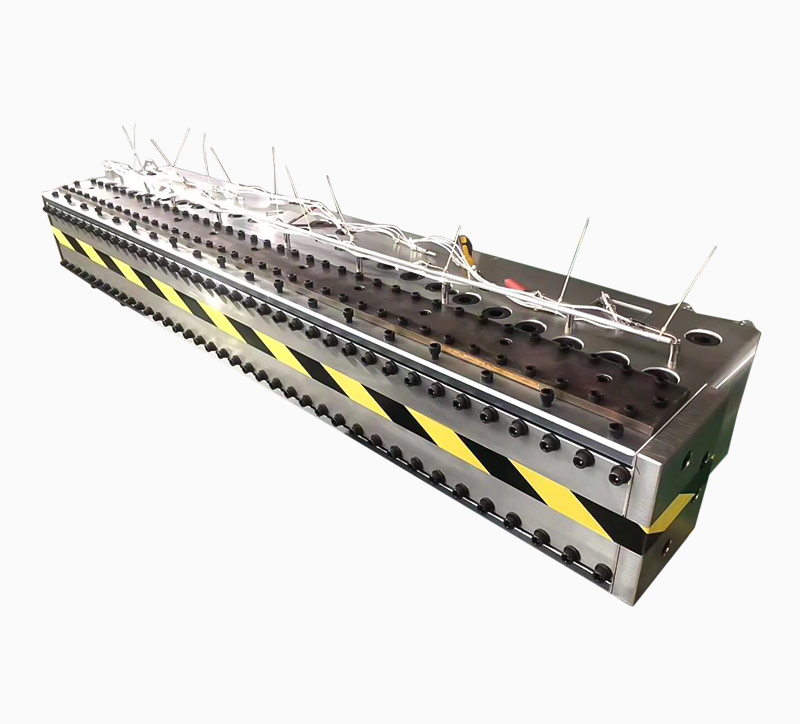The basic procedure of plastic mold polishing To achiev […]
The basic procedure of plastic mold polishing To achieve high-quality polishing, the most important thing is to have plastic molds
Polishing tools and auxiliary products such as high-quality oilstone, sandpaper and diamond lapping paste for plastic molds.
The general process of plastic mold polishing is as follows:
1. Fine throwing
Fine polishing mainly uses diamond abrasive paste. If the polishing cloth wheel is mixed with diamond abrasive powder or abrasive paste for polishing, the usual polishing order is 9μm (#1800) ~ 6μm (#3000) ~ 3μm (#8000). 9μm diamond abrasive paste and polishing cloth wheel can be used to remove hair-like wear marks left by #1200 and #1500 sandpaper. Then use sticky felt and diamond paste for polishing, the order is 1μm (#14000) ~ 1/2μm (#60000) ~ 1/4μm (#100000). The polishing process with accuracy requirements above 1μm (including 1μm) can be carried out in a clean polishing room in the mold processing workshop. For more refined polishing, a definitely clean space is necessary. Dust, smoke, dandruff and saliva may all scrap the high-precision polished surface obtained after hours of work.

2. Rough throwing
The surface after milling, electric spark, grinding, etc. can be polished with a rotating surface polisher or ultrasonic grinder with a speed of 35 000-40 000 rpm. The commonly used method is to remove the white electric spark layer with wheels with diameter Φ3mm and WA # 400. Then there is manual whetstone grinding, and the strips of whetstone are added with fire oil as a lubricant or coolant. The general application order is #180 ~ #240 ~ #320 ~ #400 ~ #600 ~ #800 ~ #1000. Many mold manufacturers choose to start with #400 in order to save time.
3. Semi-precision throwing
Semi-precision polishing mainly uses sandpaper and kerosene. The number of sandpaper is: #400 ~ #600 ~ #800 ~ #1000 ~ #1200 ~ #1500. In fact, #1500 sandpaper only uses hardened die steel (above 52HRC), not pre-hardened steel, because this may cause burns on the surface of the pre-hardened steel.
⒋Fine throwing
Use abrasive paste for fine polishing, 8000, 10000 will reach the mirror surface.
Please Leave Your Email Or Phone Number,So We Can Contact You As Soon As Possible
Contact us
Taizhou Booling Mould Co., Ltd. is a famous China Plastic Moulds Manufacturers and Extrusion Blow Moulding factory,we produces and deals with various injection mould,extrustion blow moulds and plastic mould machinery,etc.



 Languages
Languages